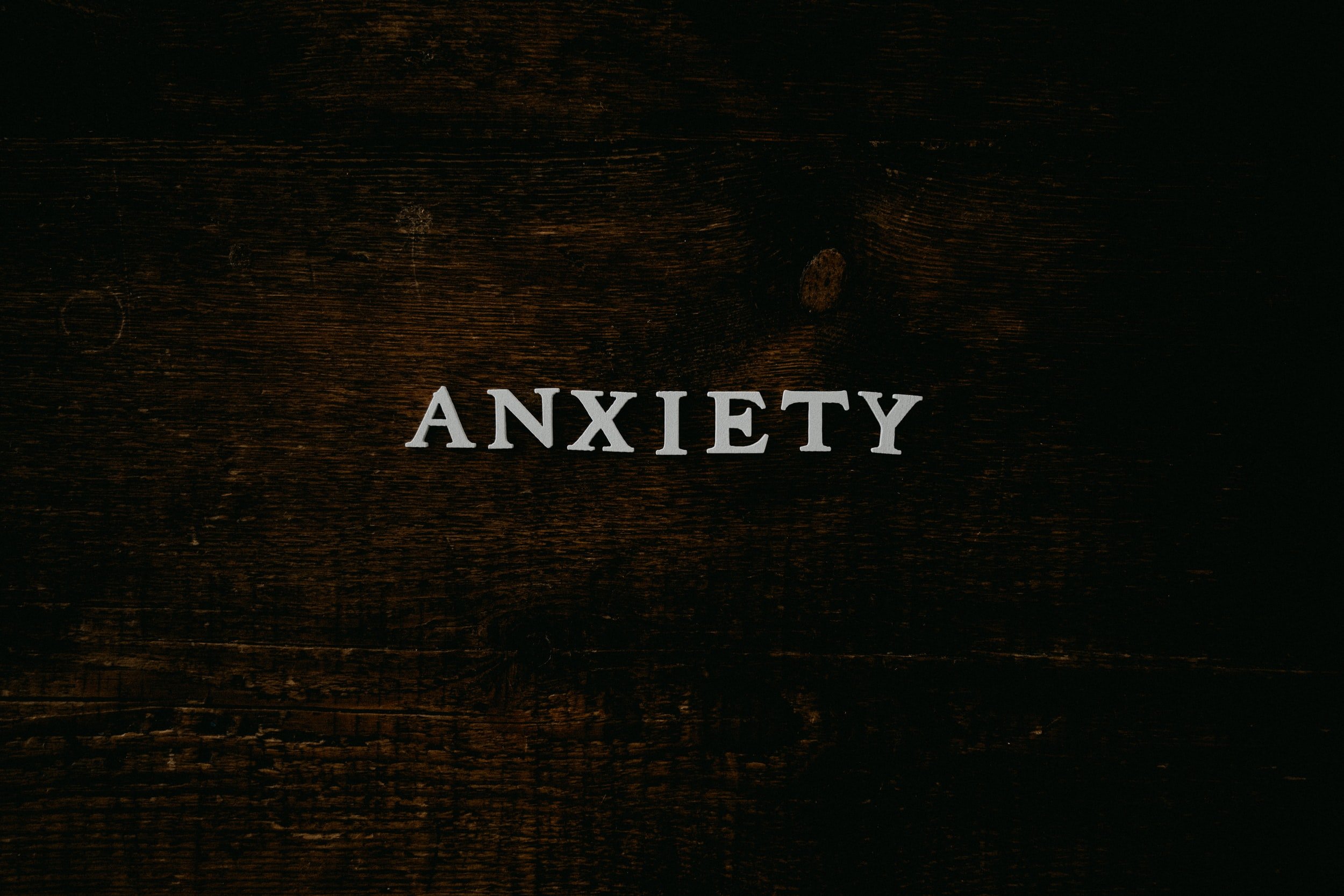If you've ever been emotionally fatigued by work, a relationship, or a significant life event, you're not alone. If left unaddressed, emotional tiredness can significantly affect your mental and physical health.
Anger, lack of drive, helplessness, and hopelessness are all described as emotional exhaustion. Chronic stress in our personal or professional lives causes emotional weariness, resulting in burnout, triggering emotional fatigue. It can reduce your capacity to cope with complex events and raise your stress levels to unhealthy amounts.
4 Indicators of Emotional Fatigue
Stressful jobs, long-term relationships, or chronic sickness can cause burnout, and it's easy to ignore early warning signals of exhaustion. Other variables in your life might also affect your stress resilience, preventing you from realizing when you’re due for rest.
Here are four indicators of emotional exhaustion to watch out for:
You Have Fatigue and Sleep Issues
Fatigue is one of the principal signs of emotional exhaustion. When dealing with burnout, you're probably also running on empty. It is the most prevalent physical symptom linked with emotional exhaustion.
Emotional exhaustion interferes with your ability to sleep because of the stress you are experiencing. It can also lead to insomnia because you're well beyond the point of your body being able to unwind and relax at the end of the day.
2. You Get Dragged Down So Easily and Have Severe Mood Swings
Sometimes emotional exhaustion can make you feel overwhelmed by the smallest of things or even by happenings that used to bring you joy. When you're exhausted, your brain is too tired to focus instead, resulting in a feeling of being constantly distracted. You will also tend to feel frustrated more quickly, and you have a more challenging time bouncing back from setbacks.
Your fluctuating mood is another big red flag. If you have erratic mood swings, it could be a sign that you're really struggling. Feeling down once in a while is unavoidable, but if you feel like your mood is on a roller coaster and you can't make sense of it, this could be a sign that you're exhausted.
3. You Lack Motivation
Feeling like you have a hard time getting motivated for things is an indicator of emotional fatigue. The sense of exhaustion is natural, but if you're experiencing it frequently, it may indicate that you need to slow down.
The kryptonite of exhaustion is motivation, so if you feel like you're on the edge of burnout, you might be finding it really hard to get up for even the things you used to love. In addition, your ability to dream big and work hard has shifted from being your go-to to being something that brings you down.
4. You Feel Helpless
When you're emotionally exhausted, you can feel trapped in your circumstances and feel you don't have the energy for the things that used to bring them joy.
You might feel you're not in control of the situation, causing you more stress and diminishing your ability to deal with things effectively, leading to hopelessness and helplessness.
Conclusion
The signs of burnout are not easy to recognize when you're caught in the midst of it. Nevertheless, paying attention to your own body and your mind can let you catch these signs in time to save yourself some serious stress. Thankfully, there are numerous ways to recover from stress once you’ve realized your condition.
At Stephanie Lyn Wellness, we provide Ketamine therapy and holistic health to transform emotional pain and regain happiness. We aim to help you reclaim control of your life and rediscover your love for yourself. Stephanie Lyn Coleman MD is a licensed physician trained in the traditional western medicine culture. Start your Ketamine therapy in Los Angeles today!

















